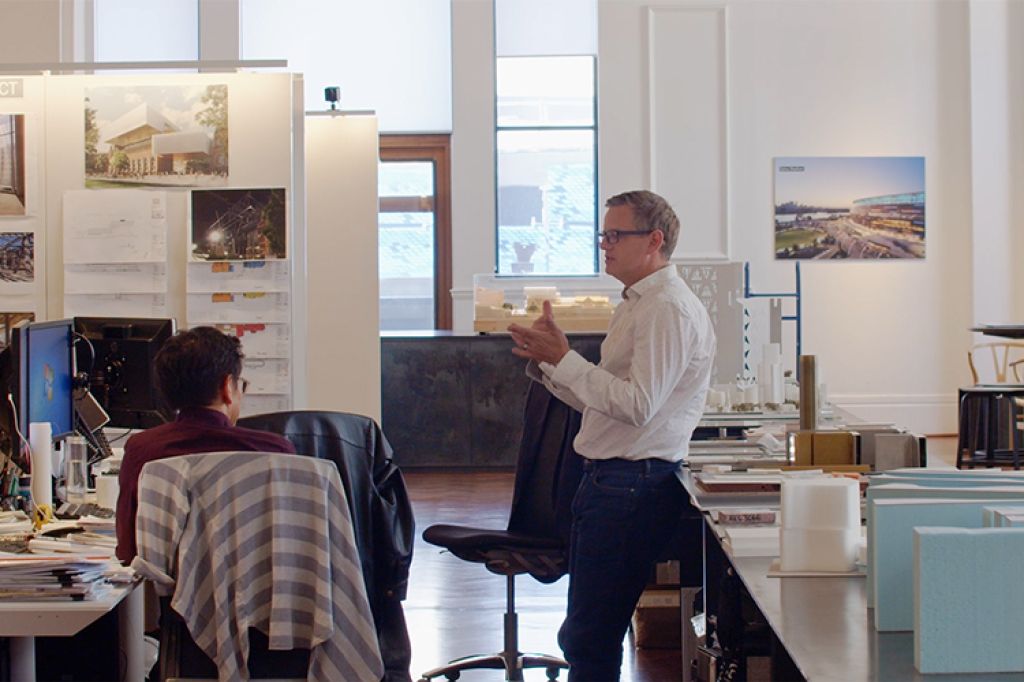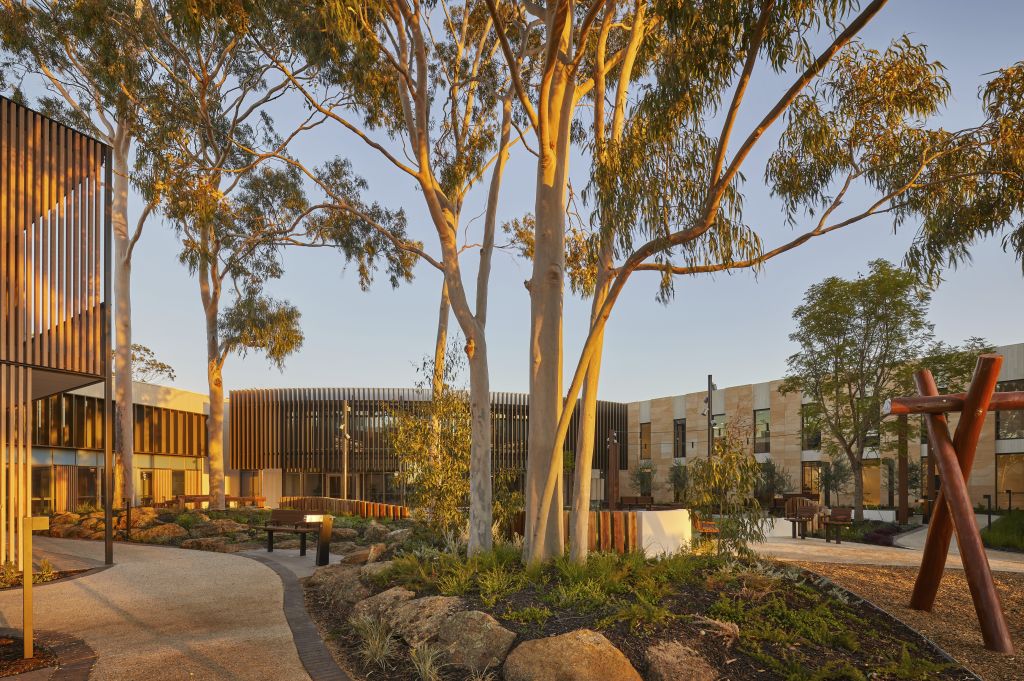Older and wiser: designing the future of residential aged care
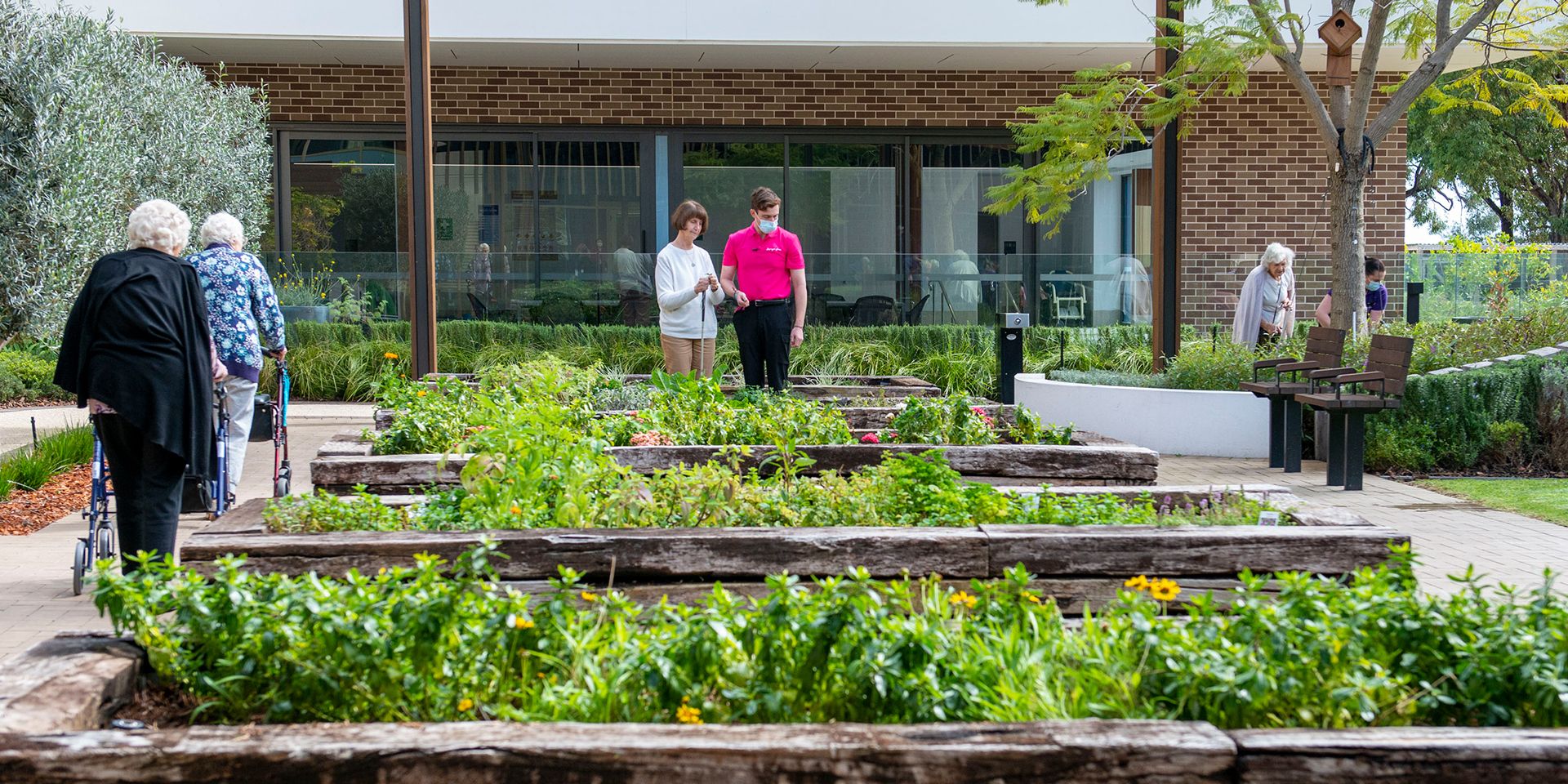
By Natalie Busch, Hassell Managing Principal
A Royal Commission into aged care in Australia found traditional models of residential aged care are failing. But there is opportunity ahead.
Right now in Australia, the aged care sector is on shaky grounds. The COVID-19 pandemic and the 2021 Royal Commission into Aged Care Quality and Safety revealed endemic deficiencies in the workforce and quality of care, a lack of dignity for those in care, and poor health outcomes. The Commission’s spotlight and harrowing stories from inside these facilities ask us all to reflect on the poor standards we have come to accept as normal in our communities — and challenge us to redesign, with urgency, the systems and models we have in place.
Over 140 recommendations were made by the Royal Commission — including the creation of National Aged Care Design Principles and Guidelines. For our teams at Hassell, creating inclusive environments where communities are able to come together to live comfortably in a place they love and feel supported is a non-negotiable. For us, the de-institutionalisation of the past aged-care model and a focus on living better into the future are already part of our work.
By overlapping different design sectors spanning workplace, education and learning environments, build-to-rent housing and hospitality we’re championing a new approach to aged-care design — and the results look promising.
Active ageing by design
Stories from the Royal Commission painted a picture of aged care facilities as lonely, institutionalised environments that overlook residents’ general wellbeing. However, our observations show a significant shift in the briefing, planning and design for residential aged care where both the physical and social needs of residents are placed at the heart of the design process – with research to support and guide along the way.
In 2020 Hassell undertook a research project, Active Ageing by Design, conducted by The Health Foundation in partnership with the University of Western Australia and Sport Australia. The study found that, similar to any other life stage, social engagement and belonging are essential in motivating older people to maintain healthy physical activity levels.
It also identified that to facilitate physical activity and social engagement, ie to create the physical and emotional connections that encourage people to move and connect — buildings and places need to be purposefully designed to result in the highest possible quality of life.

Ageing with comfort, connection, and dignity
The concept of aged living with dignity isn’t a new one. In the early 1990s, an international non-profit organisation called the Eden Alternative was formed by award-winning geriatrician Dr. Bill Thomas to advocate “quality of life for elders and their care partners, wherever they may live.”
Among the recommendations of the Eden Alternative philosophy to aged-living is the sharing of a home with smaller family-style groupings of 10-12 people. It’s an approach that helps eliminate loneliness and any sense of helplessness as people age. It is also a stark contrast to the institutional model for traditional aged care, where the focus has been on providing medical care based on staffing numbers and efficiencies of delivery.
The Eden Alternative model seeks to reimagine aged care as we know it and provide residents with a series of dwellings rather than a live-in hospital.
Karingal Green Health and Aged Care Community in Perth, Western Australia adopts a model of care that takes this concept one step further. It connects residents to each other and their local community through wellness facilities and services offered to both residents and people living nearby.
Developed by Hall & Prior and designed by Hassell, Karingal Green uses the Continuous Care Community (CCC) design philosophy and operating model.
“It’s where the residential component of aged care living is combined with a seamless continuum of care — and the facility contributes to the health and ageing objectives of the community.”
Graeme Prior, Hall & Prior CEO
With community wellness at its heart, Karingal Green includes a medical centre, allied health consulting rooms, a gym, and a hydrotherapy pool, all set within a landscape of vegetable gardens and established trees. These green spaces are for resident use but are also available for allied health professionals and community care clients. And a pool area offers parent and baby classes that are open to local families, further encouraging residents to connect with the community.
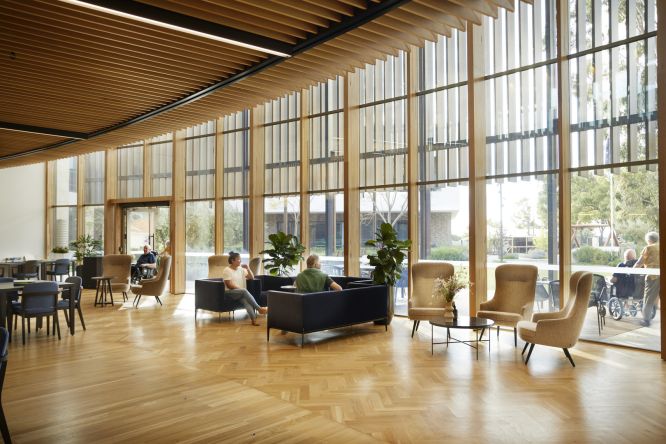
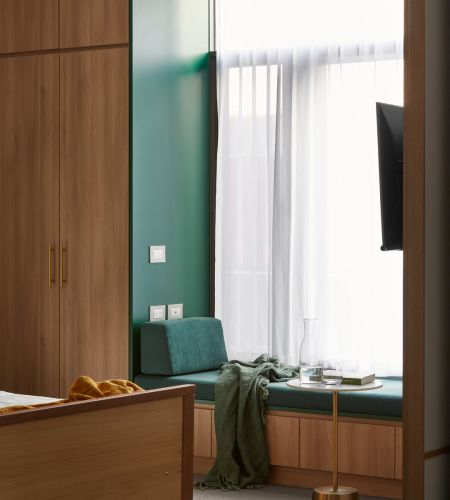
Another critical point of difference and commercial success for Karingal Green has been the inclusion of companion or couples shared rooms (approximately 10% of total) — a move away from traditional residential aged care design. The companion rooms provide premium accommodation options for couples looking to enter residential care together.
The success of these companion rooms has prompted Hall & Prior to increase the number and range of room typologies in other projects under development. Since its opening in 2020, Karingal Green has exceeded expectations with a high occupancy rate in just under 15 months. A variety of usable open spaces offer a choice of activity, creating memorable experiences and an overall improvement on quality of life.
Aged living for the future
Projects such as Karingal Green showcase a new approach to residential aged care based on creating occasions for residents to celebrate new memories, embrace new ways of living and increase their social interactions and physical activity.
Combined, these opportunities may help alleviate the fear and anxiety individuals and their loved ones may feel about moving into aged care, replacing it with a sense of empowerment and continued enjoyment in life.


